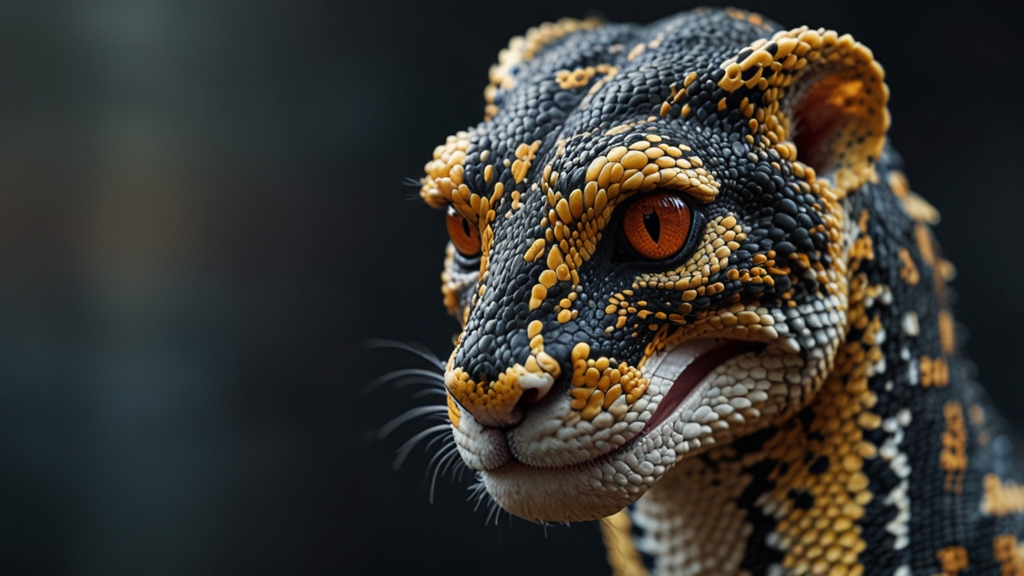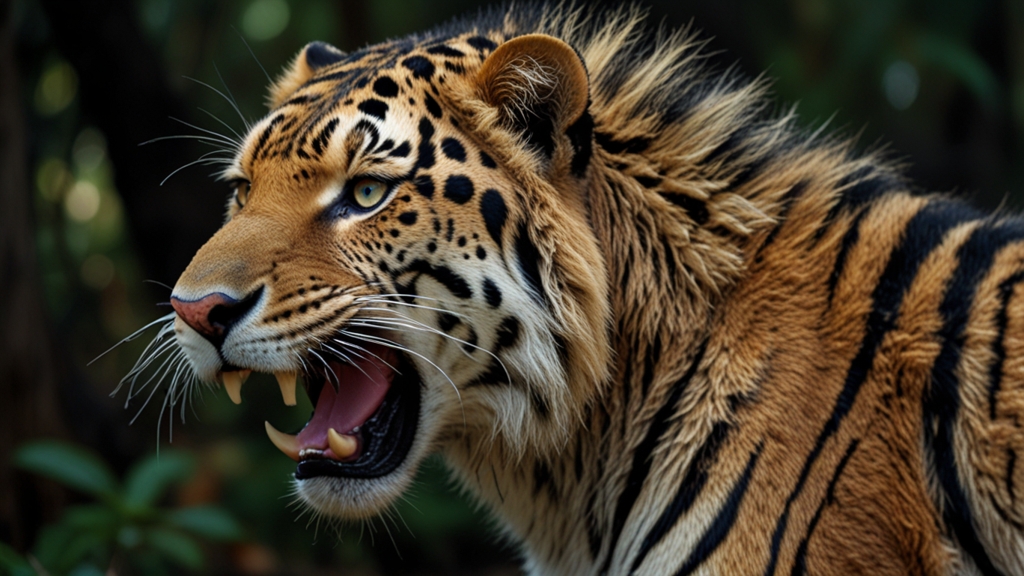The Price of Beauty: The Dark Side of the Wildlife Trade
The allure of owning exotic animals and products derived from them has fascinated humans for centuries. This desire has fueled a lucrative but highly controversial industry: the wildlife trade. While the aesthetic appeal of rare animals and their parts might captivate those who seek them, the true cost of this industry extends far beyond monetary expense. The dark side of the wildlife trade encompasses environmental degradation, ethical concerns, and severe impacts on biodiversity.
Environmental Degradation
The extraction of wildlife for trade exerts enormous pressure on ecosystems. Poaching and illegal trading practices disturb the balance of nature, undermining conservation efforts. Capture techniques often involve destructive methods such as deforestation, poison baiting, and the use of traps, further harming habitats. Additionally, certain species play critical roles within their ecosystems; their removal can trigger cascading effects that disrupt ecological harmony.
"The illicit wildlife trade is one of the primary threats to the survival of countless species in the wild. Despite stringent regulations, loopholes and corrupt practices allow this illegal activity to continue unabated."
Ethical Implications
The ethical considerations surrounding the wildlife trade are complex and distressing. Many animals are subjected to inhumane conditions during capture and transportation. They are often cramped in inadequate enclosures, deprived of food and water, and exposed to diseases. Reports of cruelty and neglect are rampant, shedding light on a pervasive disregard for animal welfare. Beyond the moral issues, there are also social ramifications; communities that rely on wildlife for tourism or cultural practices often find their way of life threatened by poaching and illegal trade.
Impact on Biodiversity
One of the gravest concerns of the wildlife trade is its impact on biodiversity. The trade drives numerous species toward extinction, diminishing genetic diversity and undermining ecosystem resilience. With poachers targeting the most sought-after species, the genetic pool narrows, making populations more vulnerable to diseases and environmental changes. Iconic species like elephants, tigers, and rhinoceroses are among the most affected, each population decline representing a significant loss to global biodiversity.
"In my years of working with endangered species, I have witnessed firsthand the devastating effects of the illegal wildlife trade. Entire populations are being wiped out, threatening not just the species but the ecological balance of their habitats."
The Economic Angle
While the wildlife trade generates substantial revenue, it is often concentrated in the hands of few, with minimal benefits trickling down to local communities. Many wildlife-rich countries find their natural resources exploited, with economic incentives insufficient to justify the long-term ecological costs. Conversely, conservation efforts demonstrate that sustainable tourism and wildlife preservation can provide continuous, equitable economic benefits while maintaining ecological integrity.
The international community is gradually recognizing the urgent need to combat wildlife trafficking. Initiatives such as CITES (the Convention on International Trade in Endangered Species of Wild Fauna and Flora) represent significant steps towards curbing illegal trade. However, enforcement remains challenging, necessitating a collective effort from governments, NGOs, and individuals to ensure laws are upheld and awareness is raised.
"It's essential for us to understand that the true beauty of wildlife lies in its natural habitat, thriving and contributing to the ecosystem, not confined or reduced to an ornamental possession."
Conclusion
The wildlife trade, driven by the human quest for beauty and rarity, exacts an immeasurable toll on the environment, ethical standards, and biodiversity. It is a stark reminder that our pursuits should harmonize with nature rather than exploit it. By fostering global cooperation, strengthening legal frameworks, and promoting ethical alternatives, we can protect the magnificent diversity of life that enriches our planet.











